The electrical properties of elastomers that are most commonly measured are:
- Resistivity
- Dielectric Strength
- Dielectric Constant
- Power Factor
Materials suitable for electrical insulators have high dielectric strength and high resistivity, plus low dielectric constant and low power factor. Such a combination is rarely obtained, as companion physical and chemical properties are also required. No single best overall material exists, but urethane offers a favorable combination of properties.
Direct Current Resistivity
Direct current resistivity, or volume resistivity, is similar to insulation resistance, in that both indicate the magnitude of electrical current expected to pass through the sample, which is located between two electrodes. This test may be used to check the suitability of an elastomeric composition for electrical insulation.
Resistivity, or specific resistance to electric current, is usually considered to be a direct current property and thus is measured as such. It can be explained as the resistance between opposite faces of a unit cube, where precautions have been taken to allow no current flow along the other four faces of the cube.
Conductivity
Elastomeric compositions are considered electrically conductive when they possess a direct current resistivity of less than 10^5 – 10^7 ohm-cm. Conductive compounds find their principal application when the dissipation of static electricity is desired.
Dielectric Strength
The dielectric strength of an elastomer is the voltage required to puncture a sample of known thickness, and it is expressed as volts per mil of thickness. Obtained results are influenced by the rate of voltage application, the geometry of the electrodes, and the shape of the test specimen.
Dielectric Constant and Power Factor
The dielectric constant, or specific inductive capacity (SIC), is the measure of an insulator’s ability to store electrical energy. The dielectric constant is the ratio of the electrical capacity of a condenser, using the elastomer under test as the dielectric, to the capacity of a similar condenser using air as the dielectric. One of the factors that influences the dielectric constant is frequency, and to account for this, tests can be run from a low of 25 cycles per second to many megacycles per second.
The power factor of an electrical insulation material indicates its tendency to generate heat when in service. If a capacitor using an elastomer as the dielectric is charged by a direct current and then immediately discharged, there is energy loss in the form of heat. If this capacitor is repeatedly charged and discharged by an alternating current, the electrical loss results in heating. The ratio of this energy loss to the energy required to charge the capacitor is known as power factor. Power factor is expressed as a decimal fraction or as a percentage of the charging energy.
Access more articles in our Urethane Knowledge Center.



